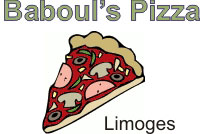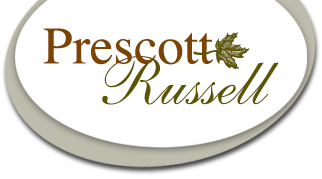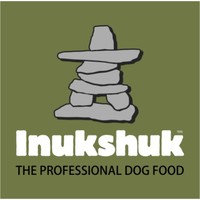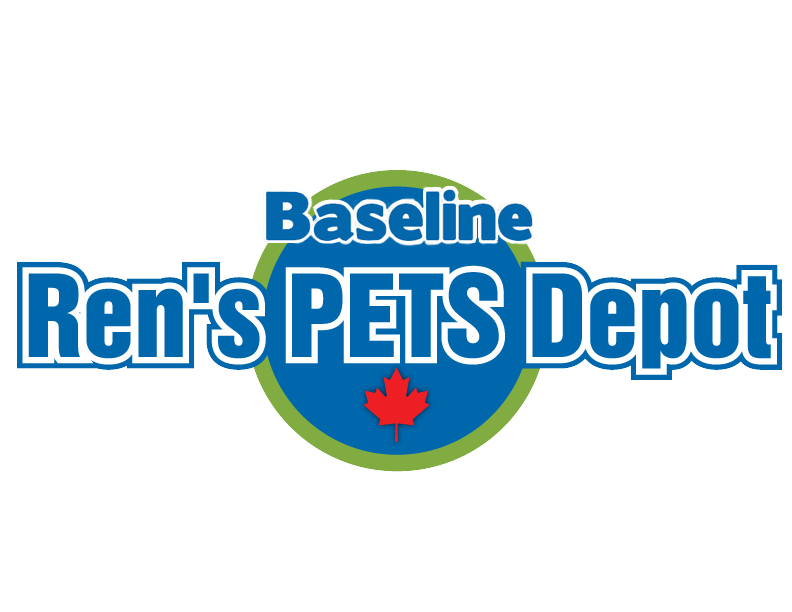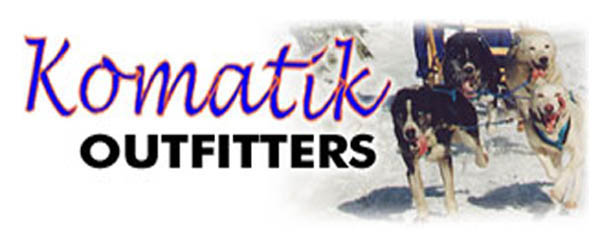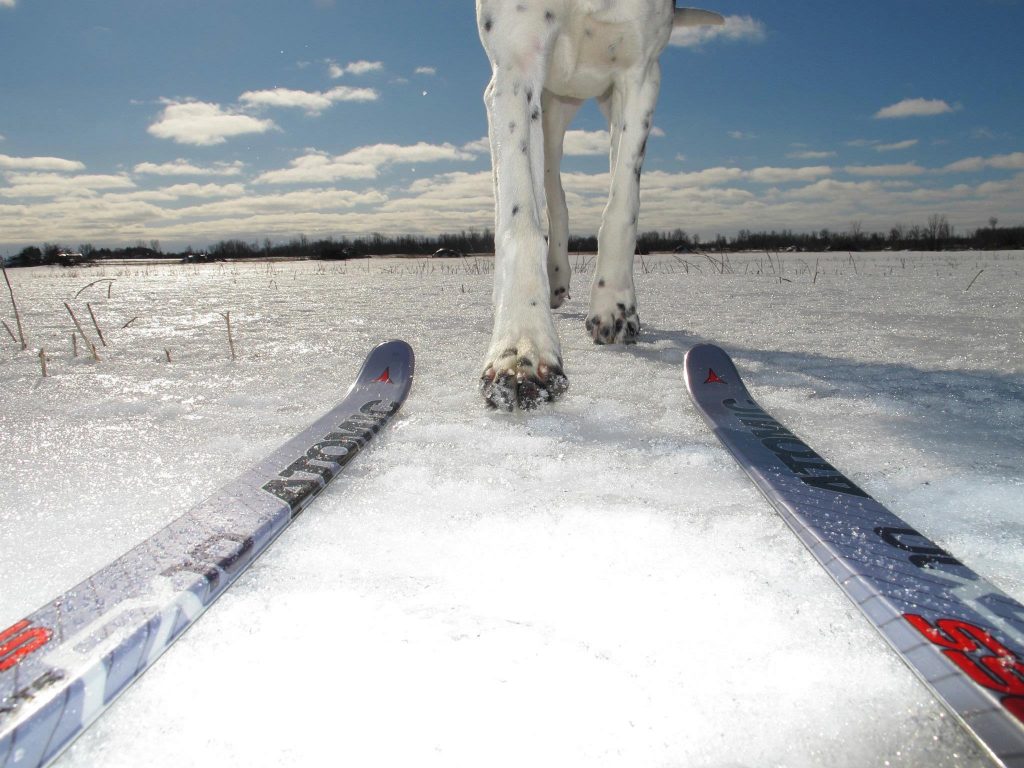
Cross country skis are used for canine skijoring
There are 3 main types of xc skis:
-Classic skis
-Back Country skis
-Skate skis
While it is possible to enjoy recreational skijoring on Classic and backcountry skis, the classic ski technique is inefficient at assisting the dog, pretty much impossible with a dog going any faster than walking.
Also beware of backcountry skis. Some bc skis have steel edges which are dangerous for the dogs and are forbidden in harness dog events.
Backcountry skis (without metal edge) can be interesting for deep snow backcountry expedition with your dog.
Skate skis are the best choice for skijoring and the skis of choice to compete.
The equipment choices are not limited to the skis, you will also need to pick:
- Boots
- Bindings
- Poles
Edit: Since the original writeup, equipment has evolved and it would be advisable to research present equipment. The essence of the recommendations still hold true.
The Boots
– The boots are the part of equipment which I would advise you get first and for which you allocate most of your budget. Good boots are the part of equipment that will impact most your comfort and your ability to ski, therefore your pleasure practicing the sport. Good skating boots are relatively expensive but are worth spending money for. Good boots will be more rigid and provide better ankle support, which is even more important if you are going to be pulled by a dog which will challenge your balance. Most importantly, buy boots in which you are comfortable.
Skate ski boots come in two main binding systems; SNS and NNN depending on the brand. Your choice of boots will dictate the bindings you will be using. The boots will cost anywhere between $200 and $500 (you can spend more than that if you really wish to). For performance (stiffer) boots, you can expect to be in the higher price range. I would never hesitate at getting the best boots my budget allows me to.
The bindings
– SNS: Used by Salomon and Atomic. There are two types of SNS bindings: SNS skate profile and SNS skate pilot. The difference is the SNS skat pilot has a second binding bar at the ball of the foot. I personally very much like the pilot bindings, I find I have a better control of my ski. The same SNS boots can be used on all SNS binding but you need an SNS pilot boot to benefit from the SNS pilot bindings.
-NNN (Rottefella): Used by Rossignol, Fisher and Madshu.
– Standard or Automatique (generally sold as “sport” or “pro”, and recognized as the cheaper and more expensive). Both kind of bindings (SNS and NNN) are offered in automatique (opens by pushing a button) or standard (opens by lifting a lever). The standard (which are also the most expensive) are much better. The automatic bindings tend to be less reliable as they tend to freeze up. Bindings cost between $50 and $110. Bindings can be reused if you change skis.
My prefered bindings: SNS skate pilote Pro
Poles
Length: Most important characteristic in your choice of poles. Poles that are too short will not allow a good technique, resulting in no power and unnecessary strain on your body. For skijoring in particular, poles that are not the right length will make your effort and capacity to help your dog completely inefficient. A proper length of pole allows to use big core muscles instead of arms and shoulders alone.
Your pole length should be around 90% of your height and up to a level between your lips and chin.
.
Weight: Lighter is always better, you will feel the energy saving.
Stiffness:: Stiff poles allow a better transfer of energy in your mouvemnet. Most rigid poles are carbon poles. Composite poles come in different percentage of carbon, more carbon generally means more $ but you can find carbon poles that are affordable.
Straps: Some poles have clip in straps, allowing to bind the straps to your hand off the pole and easily clip and unclip the pole to your hand. While not essential, that is an interesting feature when also handling a dog as it makes it easier and faster to take poles on and off your hand. Straps without clips are interesting for that they never accidentally come off.
While poles have a relatively important impact on the skiers performance, it is possible to to enjoy and evolve in skijoring without spending a fortune on them ( as long as they are an appropriate length).
The Skis
Characteristics of skis: Weight, camber, stiffness, stiffness distribution, width, shoe material and structure.
Skis are simple in a way that price is pretty much directly proportional to quality. High end performance skis are very specialized. There camber, stiffness and shoe will be specifically adapted to precise conditions as snow that would be soft, hard, cold, warm…. A top performing skier will have a whole wardrobe of skis meeting a whole range of conditions.
For the casual user, picking more generalist skis according to prefered conditions or having a couple pairs covering warmer and colder conditions is more commun.
For skijoring I like to use an intermediate racing ski. That would be a fine quality ski with a good sole (that can be waxed and structured well) but that has a more generalist camber and stiffness. The trails we most often skijor on ( training, recreation and even some of the races) are generally not greatly groomed and maintained. You can expect your skis to get some damage, therefore don’t want to put too much money towards your ski. It is still worthwhile having sufficient quality to learn and practice without too much frustration.
The skis are mostly picked relatively to the skiers weight. A stiffer ski can be a bit shorter and a soft ski will need to be longer to maintain adequate camber. Make sure to buy a ski that matches your weight!
Intermediate skis will be classed by length (in cm) for a certain weight range. An intermediate level ski will cost between $225 and $350 (not including the bindings). You can buy them cheaper at end of season or buying left overs from the previous season.
When starting, it makes sense to not invest too much in your skis and you can compromise with lower end skis, knowing that we always end up buying a second pair. The older pair then become sacrificial skis (rock skis) that we end up using in less than ideal ski conditions.
As example: My favorite skis are Salomon Equipe 8. They were not very expensive ( around $200, purchased on sale) so I don’t worry too much about perfect snow conditions but they are still performant enough skis that I have fun skijor racing on those.
I only get my higher end performance skis on perfect conditions and rarely with the dogs.
I also have a set of skis that are of terrible quality, that cost me less then the bindings that are on them; they are too short, too stiff and glide as if I was on molasse but I love them as my “kamikaz skis” for when I take the dogs out in bad, often icy conditions. Cheap skis can be fine to have fun with but don’t expect much, they won’t glide as well and you will have to work harder.
Summary
-Some high quality, stiff boots will by most of your budget but they will last a long time and will make your outings comfortable and most fun.
-The binding are picked according to the boot choice. The pro version (simple lever) is to be favored
-The poles are better the stiffer but can be compromised on for a tighter budget. Do not compromise on pole size, size up to your lips.
-Skis don’t need to be the best skis, you can compromise depending on your budget (put the money towards your boots). Intermediate skis are perfect to have fun and even race on.
Article by Murielle Ovenden



